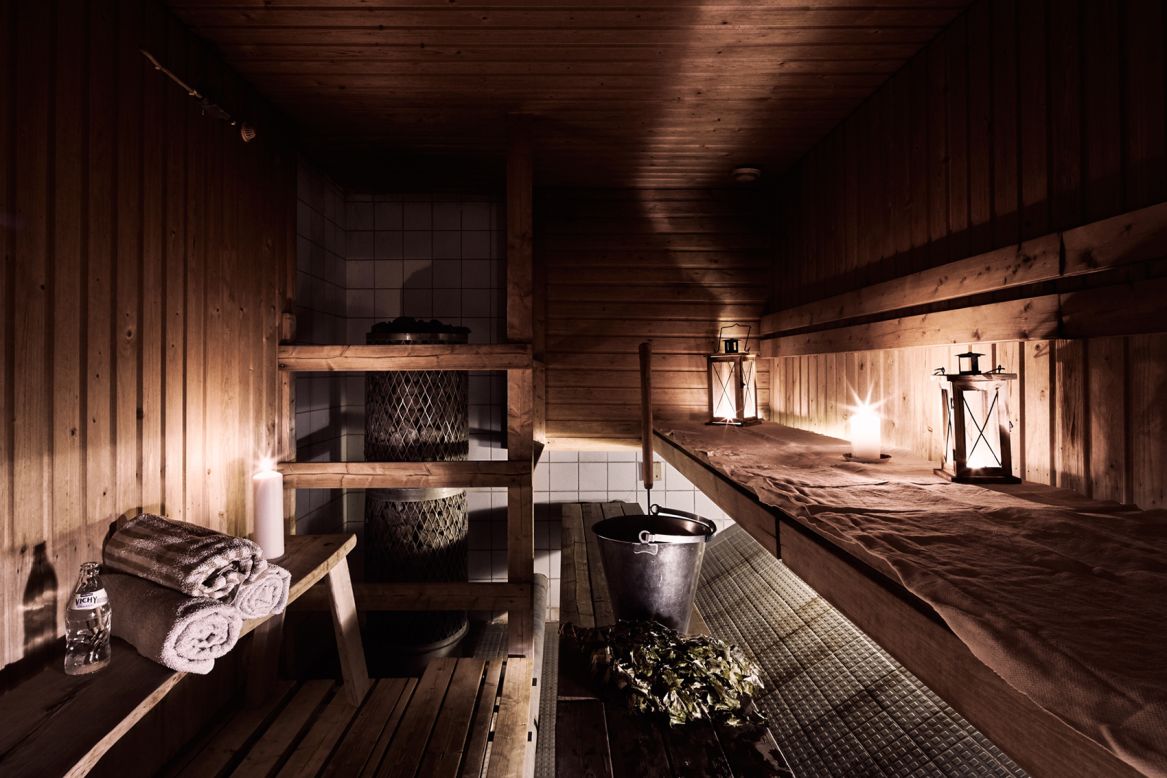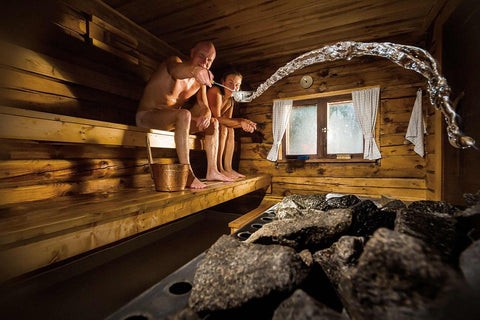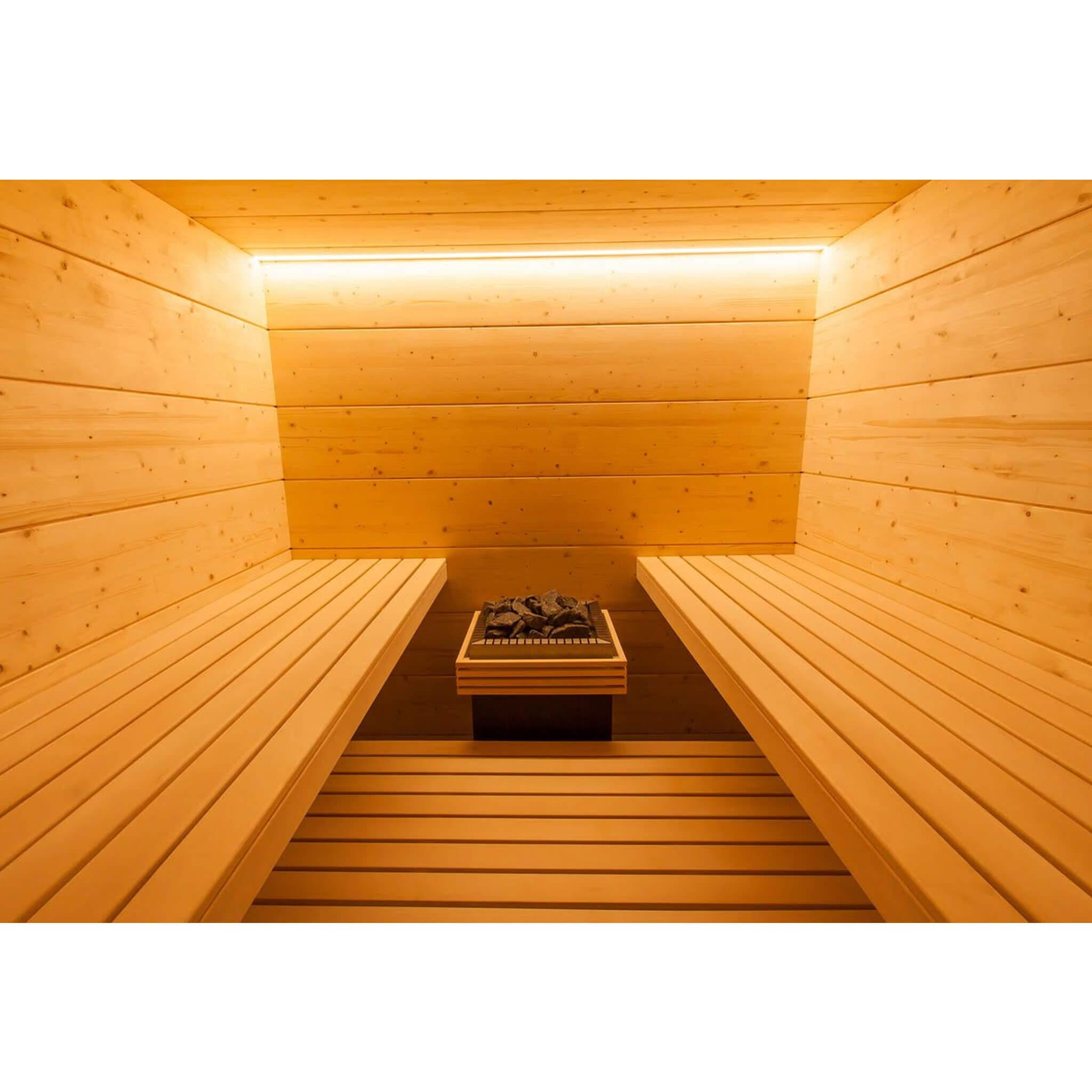The 6-Second Trick For Traditional Sauna
The 6-Second Trick For Traditional Sauna
Blog Article
5 Easy Facts About Traditional Sauna Described
Table of ContentsExamine This Report on Traditional SaunaThings about Traditional SaunaThe 4-Minute Rule for Traditional Sauna7 Simple Techniques For Traditional SaunaTraditional Sauna - Questions
Most of the weight lost in a sauna is water loss and is re-gained upon rehydrating. Without a question sauna can be a vital component of a healthy and balanced weight loss program. To look at the differences between traditional and IR saunas, I will certainly separate these right into proven, academic, and made differences.Thus, the hottest point in the saunawhich goes to the ceiling straight above the sauna heateris commonly between 185 and 190 F. Claims that a typical sauna goes beyond 200 F is just not true and not applicable for electric saunas sold in the US. The temperature for a far-infrared sauna is normally set between 120 and 140 F; however, unlike the typical sauna, the objective in and IR space is not to achieve a heat.
Due to this, the temperature difference is almost unnecessary, given that extreme sweating causes both sauna kinds, yet the technique of heating the body is various. In an IR sauna the bather will certainly really feel hot and will sweat a lot, but at much reduced temperatures (Traditional Sauna). Therefore, if the goal is to invest longer durations of time in the sauna, the IR sauna is a great choice
When a standard sauna has been effectively warmed, the sauna wall surfaces are warm, the air temperature has actually attained established temperature level and the rocks are super warmed. As a fascinating side note, the heated walls and the rocks are sending out far-infrared warmth, incorporated with the heated air, to develop an "wrapping up warmth".
Our Traditional Sauna Ideas

When the high temperature level is accomplished, the components cycle on and off to preserve the high temperature level. A lot of traditional sauna users take pleasure in pouring water over the rocks to develop heavy steam to raise sauna humidity degrees. The advantages of putting water over the rocks include: making the room much more comfortable, dampening the nasal passages, and permitting the use of aromatherapy by mixing necessary oils with the water.

When the energy goes into the body, it triggers the body temperature level to boost and eventually causes sweat. In an infrared sauna it is essential for the emitters/heaters to remain on nearly frequently. Because there is no mass of rocks to keep warmth, the sauna will certainly cool if the emitters shut down.
As discussed above, the sauna bather in an infrared room intends to position himself in front of operating emitters to obtain optimal gain from the heat. The home heating time for both areas can be extremely various, depending upon just how the spaces are made use of. For a conventional sauna, a bather should permit 30-40 mins for the space to achieve a desired temperature level and to effectively pre-heat the rocks.
The Of Traditional Sauna
A well constructed sauna will commonly accomplish a temperature level of 150-160 F in regarding 30-40 mins. For hotter temperatures, the area may require to heat for a longer period.

Conventional saunas often tend to be bigger (hence use more electrical power) than infrared saunas, although typical saunas are certainly readily available in one and 2 individual sizes also. For a two-person standard sauna, 5x6 or 5x7 size is most preferred. The leading bench can click for info easily seat two or three individuals and is likewise long enough to relax during the sauna session.
The 2-Minute Rule for Traditional Sauna
The ordinary price per kWH of electricity in the united state is around $0.11, so a 4.5 kW heating unit will certainly cost approximately $.50 to run for one hour, if the heater runs continuously for one hour. Typically a sauna heating system will certainly run for 75% of the initial hour and 50% of succeeding hours on considering that the elements cycle once the established temperature is accomplished.

Finally, there is news a seldom discussed distinction in the social experience in between both areas. While our society has actually shed some of the social advantage of the traditional sauna experience, it can be very socially gratifying (Traditional Sauna). look at this web-site From household time in the sauna, to heart-felt discussions with loved ones, to sauna partiesthe traditional sauna experience can result in intimate socializing
Traditional Sauna Fundamentals Explained
The majority of greater end infrared areas include colored light treatment, audio systems and full-glass fronts.
Report this page